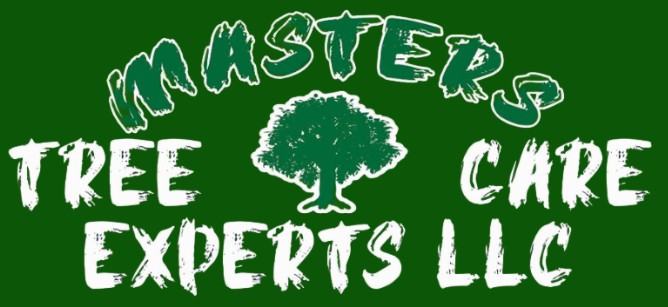As the temperatures warm up and the days grow longer, spring invites us outside to tackle home improvement projects, and tree trimming is often high on the list. But is spring actually the best time to trim your trees? The answer depends on the type of tree, your goals, and your timing. At Master’s Tree Care Experts, we know that trimming at the wrong time can stress your trees, impact growth, and even lead to disease. Let’s dig into the best practices and clear up the confusion so you can keep your trees healthy, safe, and beautiful year-round.
Table of Contents
1. Understanding Tree Dormancy: Why Late Winter Often Trumps Spring
While spring might seem like the ideal time to prune, many experts recommend late winter instead. That’s when trees are dormant—meaning they’re not actively growing. This period is perfect for trimming because:
- Trees heal faster in spring if pruned before new growth begins.
- No leaves means arborists can clearly see the tree’s structure.
- Disease and insect activity is low, reducing the risk of infection.
Late winter pruning helps prevent storm damage and ensures trees put energy into growing strong, healthy limbs in spring. Trees like oaks, maples, and fruit trees benefit significantly from this timing.
2. Spring Trimming: When It Works and When It Doesn’t
Spring trimming can be beneficial in some cases—especially for small corrections or removing damaged branches. However, it’s not ideal for major cuts or shaping.
Good reasons to trim in spring:
- Removing dead or storm-damaged limbs
- Shaping young trees after winter growth
- Improving airflow and light penetration after leaf-out
When to avoid spring pruning:
- On species that bleed sap heavily in spring, like maples and birches
- During bloom for flowering trees—this reduces blossoms
- If the tree is already stressed or diseased
Proper timing avoids excessive energy loss and protects new growth. Let a certified arborist determine the best plan for your trees.
3. Tree Health Depends on Strategic Cuts—Not Just the Season
No matter the time of year, how you prune is just as important as when. Improper pruning—like topping or cutting into the wrong part of the branch—can invite decay and disease. Trees don’t regenerate damaged tissue like we do; instead, they seal off wounds through a process called compartmentalization.
Tips for healthy pruning:
- Avoid cutting too close to the trunk—leave the branch collar intact
- Don’t over-prune: never remove more than 25% of a tree’s crown
- Use sharp, clean tools to avoid ragged cuts
Pruning younger trees encourages good form and structure. For mature trees, limit cuts to deadwood and risk mitigation only.
4. Signs It’s Time to Trim—Regardless of the Season
Sometimes, your tree tells you it needs a trim—no matter what the calendar says. Here are signs your trees might need professional attention:
- Dead or broken limbs
- Crossing or rubbing branches
- Branches too close to power lines or structures
- Heavy, drooping limbs after storms
Emergency tree trimming, especially after storms, should be handled immediately to reduce risk. Master’s Tree Care Experts specializes in hazardous removals and is fully equipped for emergency calls.
Need help assessing your tree’s health? Our winter tree health assessments can help you plan ahead.
5. Your Tree Trimming To-Do List: Seasonal Tree Care Tips
Here’s a handy seasonal guide to trimming trees the right way:
Late Winter:
- Trim dormant deciduous trees
- Remove deadwood and shape fruit trees
Spring:
- Light shaping and cleanup of winter damage
- Avoid trimming flowering trees until after bloom
Summer:
- Correct structural issues and clear hazardous limbs
- Deadwood removals and light thinning
Fall:
- Generally, avoid heavy pruning—focus on cleanup only
- Great time to inspect for deadwood, cracks, and invasive species
Schedule a pruning consultation with a certified arborist annually. It helps you catch issues early and keeps your trees strong year after year.
Whether you’re thinking about a spring trim or wondering if winter pruning is still an option, don’t take chances with your trees. Let the experts at Masters Tree Care Experts help you make the right call. With over 20 years of experience, our ISA-certified arborists specialize in safe, precise, and effective tree care tailored for Lee’s Summit homeowners.
Call now Master’s Tree Care Experts to schedule your pruning consultation: (913) 909-9768
Keep your trees healthy, your property safe, and your landscape beautiful—all year round.

